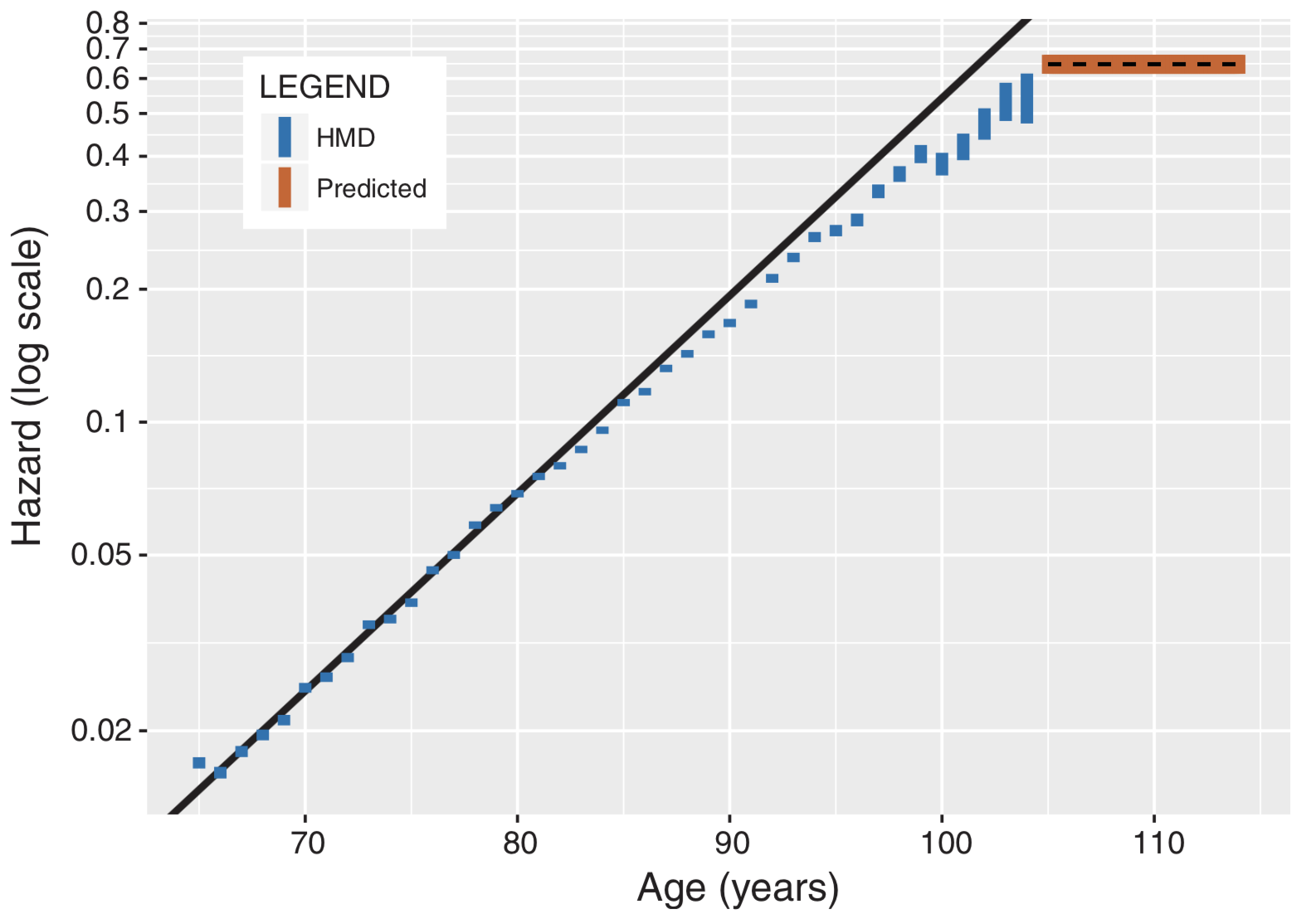There’s no known upper limit to human longevity, study suggests
July 2, 2018

Chiyo Miyako of Japan is the world’s oldest verified living person at 117 years, as of June 29, 2018, according to the Gerontology Research Group. She credits eating eel, drinking red wine, and never smoking for her longevity, and enjoys calligraphy. (credit: Medical Review Co., Ltd.)
Human death risk increases exponentially from 65 up to about age 80. At that point, the range of risks starts to increase. But by age 105, the death risk actually levels off — suggesting there’s no known upper limit for human lifespan.*
That’s the conclusion of a controversial study by an international team of scientists, published Thursday, June 28 in the journal Science.
“The increasing number of exceptionally long-lived people and the fact that their mortality beyond 105 is seen to be declining across cohorts — lowering the mortality plateau or postponing the age when it appears — strongly suggest that longevity is continuing to increase over time and that a limit, if any, has not been reached,” the researchers wrote.
High-quality data

Logarithmic plot of the exponential risk of death (“hazard”) from ages 65 to 115 (on a logarithmic plot, exponentials are shown as a diagonal straight line). For ages up to 105, the data is from the Human Mortality Database (HMD). Note that starting at age 80, the range of risks of death (blue bars) starts to increase (people live to different ages; some live longer) — it’s no longer a fixed probability, as in the traditional “Gompertz” model (black line). However by age 105, based on data from the new Italian ISTAT model, the risk of death actually hits a plateau (stops increasing, as shown in dashed black line with orange background) and the odds of someone dying from one birthday to the next are roughly 50:50.** (credit: E. Barbi et al., Science)
The new study was based on “high-quality data from Italians aged 105 and older, collected by the Italian National Institute of Statistics (ISTAT).” That data provided “accuracy and precision that were not possible before,” the researchers say.
Previous data for supercentenarians (age 110 or older) in the Max Planck Institute for Demographic Research International Database on Longevity (IDL) were “problematic in terms of age reporting [due to] sparse data pooled from 11 countries,” according to the authors of the Science paper.
Instead, ISTAT “collected and validated the individual survival trajectory” of all inhabitants of Italy aged 105 and older in the period from 1 January 2009 to 31 December 2015, including birth certificates, suggesting that “misreporting is believed to be minimal in these data.”
Ref.: Science.
* The current record for the longest human life span was set in 1997 when French woman Jeanne Calment died at the age of 122.
** This chart shows yearly hazards (probability of death) on a logarithmic scale for the cohort (group of subjects with a matching characteristic) of Italian women born in 1904. The straight-line prediction (black) is based on fitting a Gompertz model to ages 65 to 80. Confidence intervals (blue) — the range of death probabilities — were derived from Human Mortality Database (HMD) data for ages up to 105, and from ISTAT data beyond age 105. Note the longer intervals and increased diversion from straight-line prediction (black) after age 80; and the estimated plateau in probability of death values beyond age 105 (black dashed line with orange background), based on the model parameters, which were in turn based on the full ISTAT database.